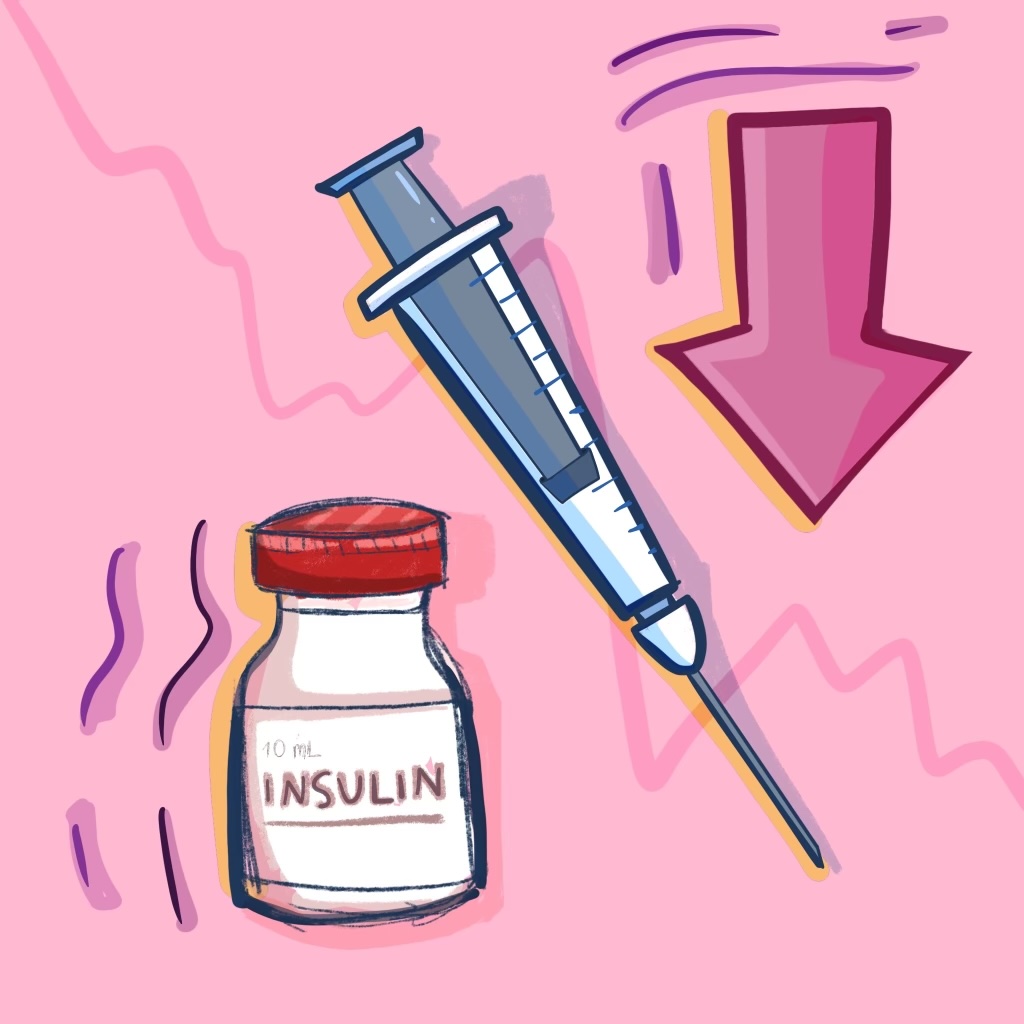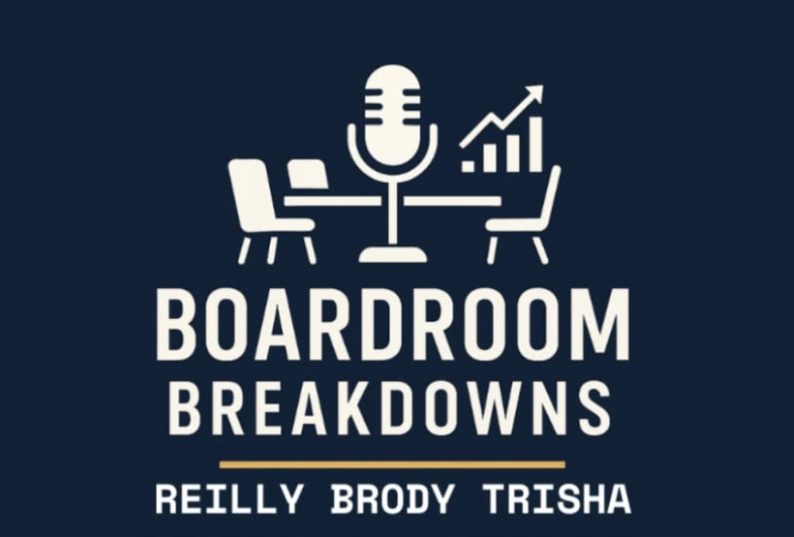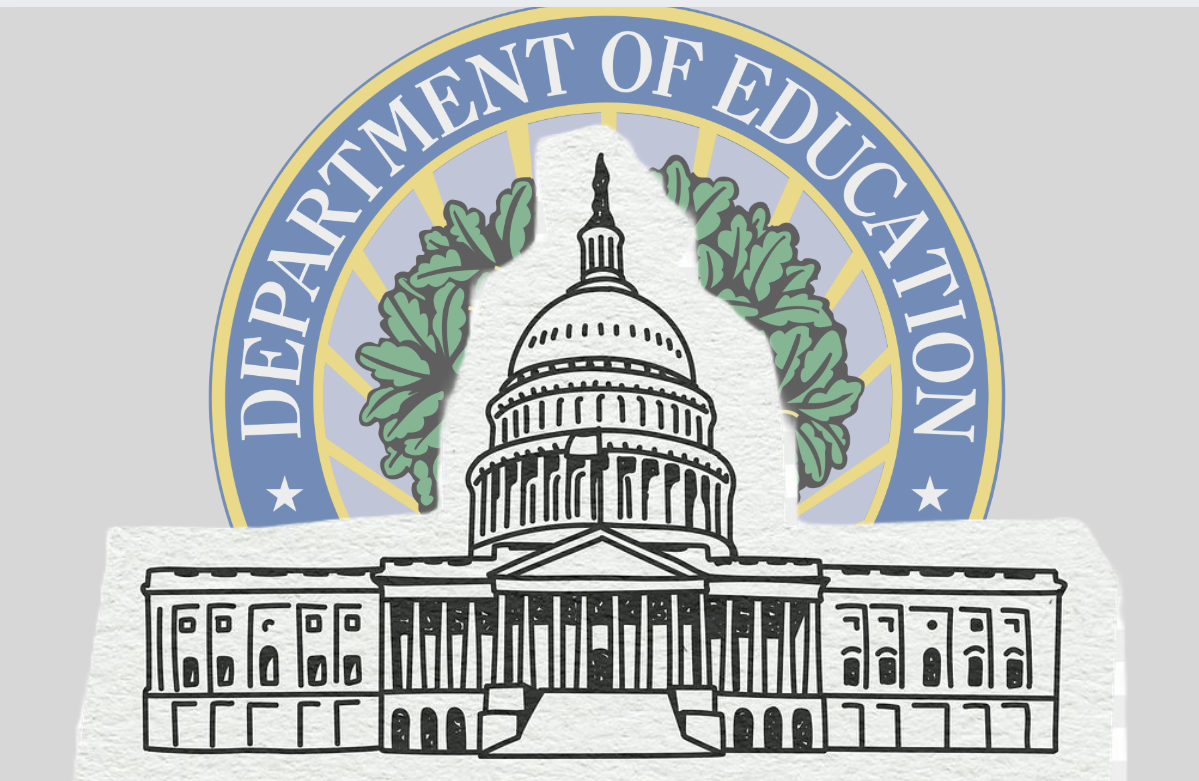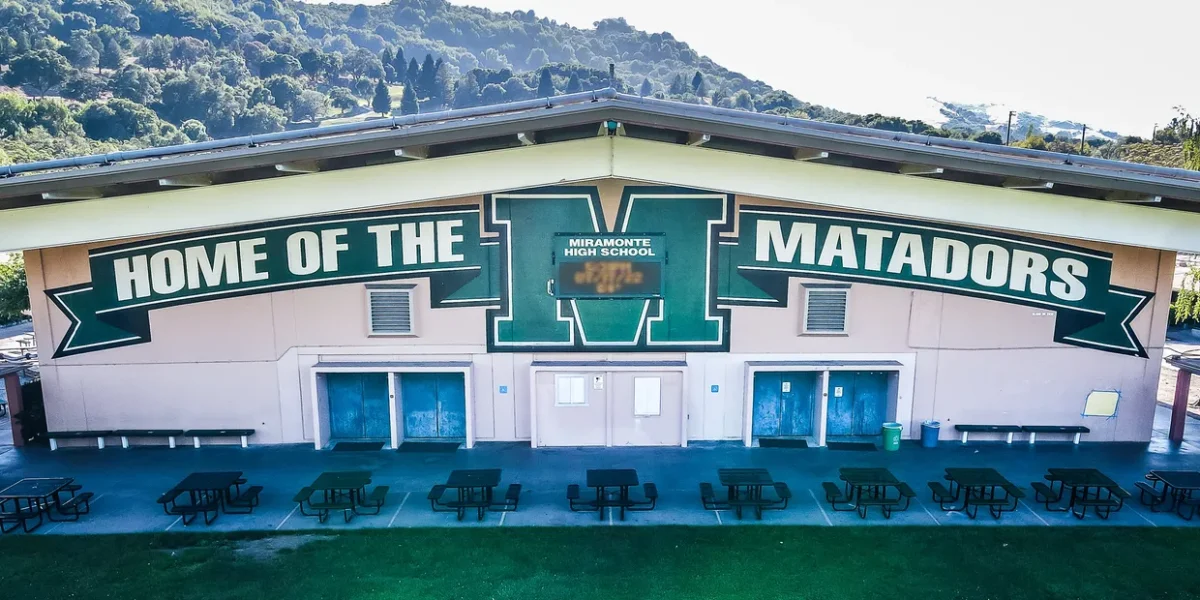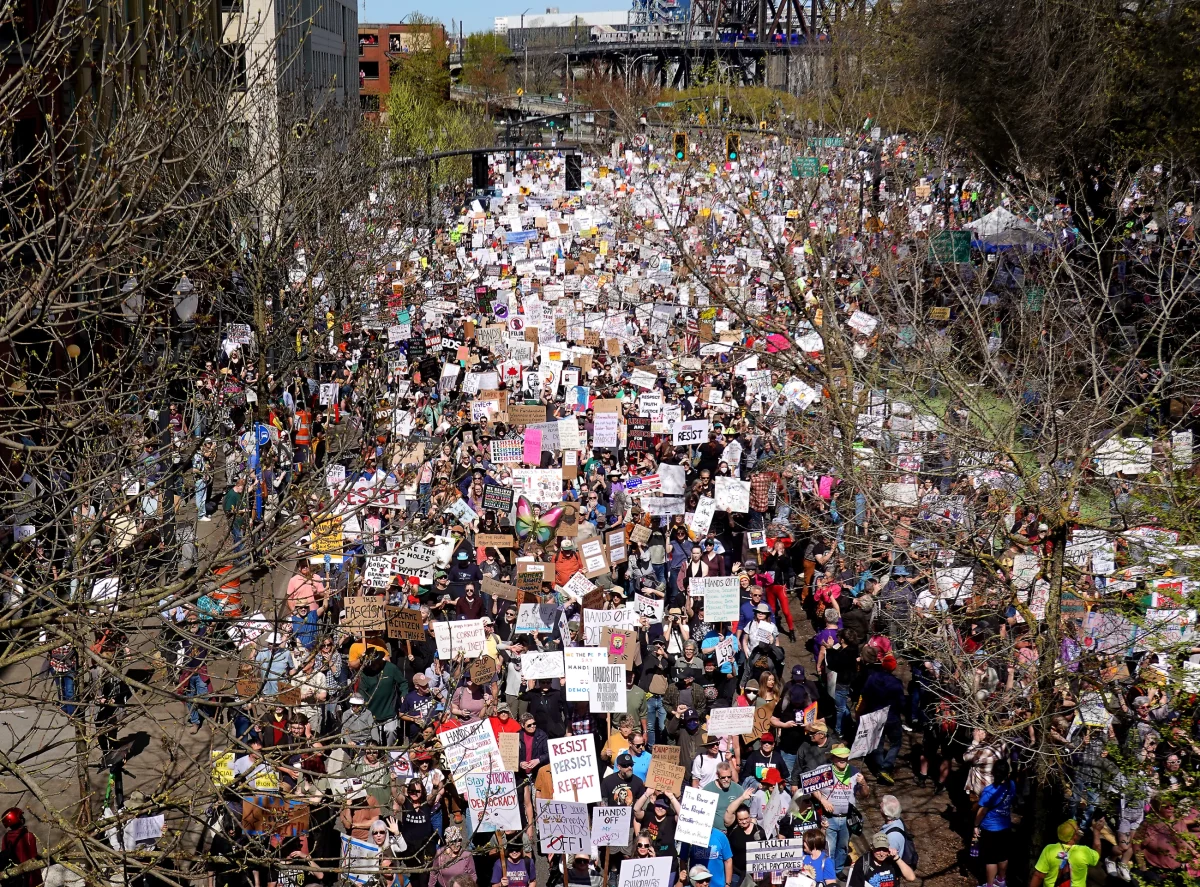Without insulin, a diabetic body would start to break down its own fat and muscle in order to survive. The blood would become acidic due to the excess ketones one’s liver would be producing to break down these fats; this; combined with resulting high blood pressure, dehydration, and shock; means certain death to those without access to insulin. Diabetes is a chronic disease that is extremely common among youth and elderly alike. Upwards of 38.4 million Americans have been diagnosed with diabetes; according to the American Diabetes Association: this amounts to 11.6% of the U.S. population dependent on insulin to survive. Diabetes, comprising two types — Type 1 is typically diagnosed in childhood or adolescence, requiring lifelong insulin therapy, while Type 2 is often linked to lifestyle factors like obesity — is a medical condition occurring when the pancreas cannot properly regulate blood sugar levels, resulting in high glucose levels in the bloodstream. To counteract this problem, diabetics inject insulin: a hormone, normally produced by the pancreas, that regulates blood sugar levels by facilitating the uptake of glucose into cells throughout the body.
In recent years, the prescription drug market has been shooting skyward at an alarming rate, bringing with it the price of insulin. Patents on drug formulas and company mergers to reduce competition have allowed these manufacturing companies to jack up prices without opposition from competitors or the government. According to the Office of Health Policy, from January 2022 to January 2023, more than 4,200 drug products had price increases, of which 46 percent were larger than the rate of inflation. The average drug price translates to $590 per product. Namely, the price of insulin has totaled an overall increase of 300% in the past 20 years. Yale News reported that 1 in 4 diabetics struggle to pay for the drug. Similarly, a survey conducted by Forbes Magazine concluded that 4 out of 5 diabetics go into debt trying to pay for their insulin. A recent study published in Health Affairs suggests that 14% of Americans spend at least 40% of their disposable income on insulin. Even when confronted about this issue, large distribution companies recommend taking an older formula of insulin that is marked at a lower rate, yet the National Diabetes Association was quick to inform that this particular formula has a much higher risk of health complications for Type 1 diabetics.
Junior Luke Milmoe was recently diagnosed with Type 1 diabetes and has since struggled to find affordable insulin. “The insulin shortage has been hard on me because it has made insulin much more expensive and harder to get, something that has been an adjustment since being diagnosed less than a year ago,” Milmoe said. Miramonte is fortunate to have an emergency supply of insulin that nurses can administer to diabetic students in times of need.
Not only is insulin expensive, but it is also hard to find. The insulin market is dominated by three large companies: Sanofi U.S., Novo Nordisk Inc., and Eli Lilly and Company. Due to the small number of manufacturers, it is difficult for these companies to make enough insulin to satisfy all those who need it. For example, it is estimated that the Levemir FlexPens are expected to be depleted by April 2024. This unsatisfied demand has diabetics searching for other ways to find this life-saving drug — and many people turn to illegal drug deals from those who are administered more than they need. Networks on Facebook, X, and other social media platforms allow diabetics to communicate with one another and help find connections to acquire insulin at a less expensive rate. The Open Insulin Project is one way people are taking action to combat this issue. With local roots in Oakland, California, this non-profit organization — consisting of biochemists among other volunteers — is working together to find a new way to make insulin in an unpatented way. If successful, they plan to have their formula open to the public for other manufacturers to copy to endorse greater accessibility of the drug. The project plans to price their vials of insulin at $5 (as compared to the current $200 price tags that plague the market), with the goal being to administer affordable, high-quality insulin to all those who need it.
“This model will ensure communities in need have local sources of safe, affordable, high-quality insulin, and that people living with diabetes and their communities own and govern the organizations that produce the medicine they depend on to survive,” founder of the Open Insulin Project Anthony DiFranco said.
The astronomical prices stir disapproval of the American healthcare system from thousands in our country. A study concluded that insulin from two of the three biggest manufacturers costs as much as four times more in the US than in other developed countries due to their universal health insurance systems that keep manufacturers in check and stop them from fixing their prices at high rates. Additionally, within the U.S., many patients are required to pay thousands of dollars out of their own pocket for insulin before their insurance plans kick in. Advocates for health care reform argue that the government must step in to regulate pricing and help alleviate financial burdens from those who simply need their vital prescription medicine.

